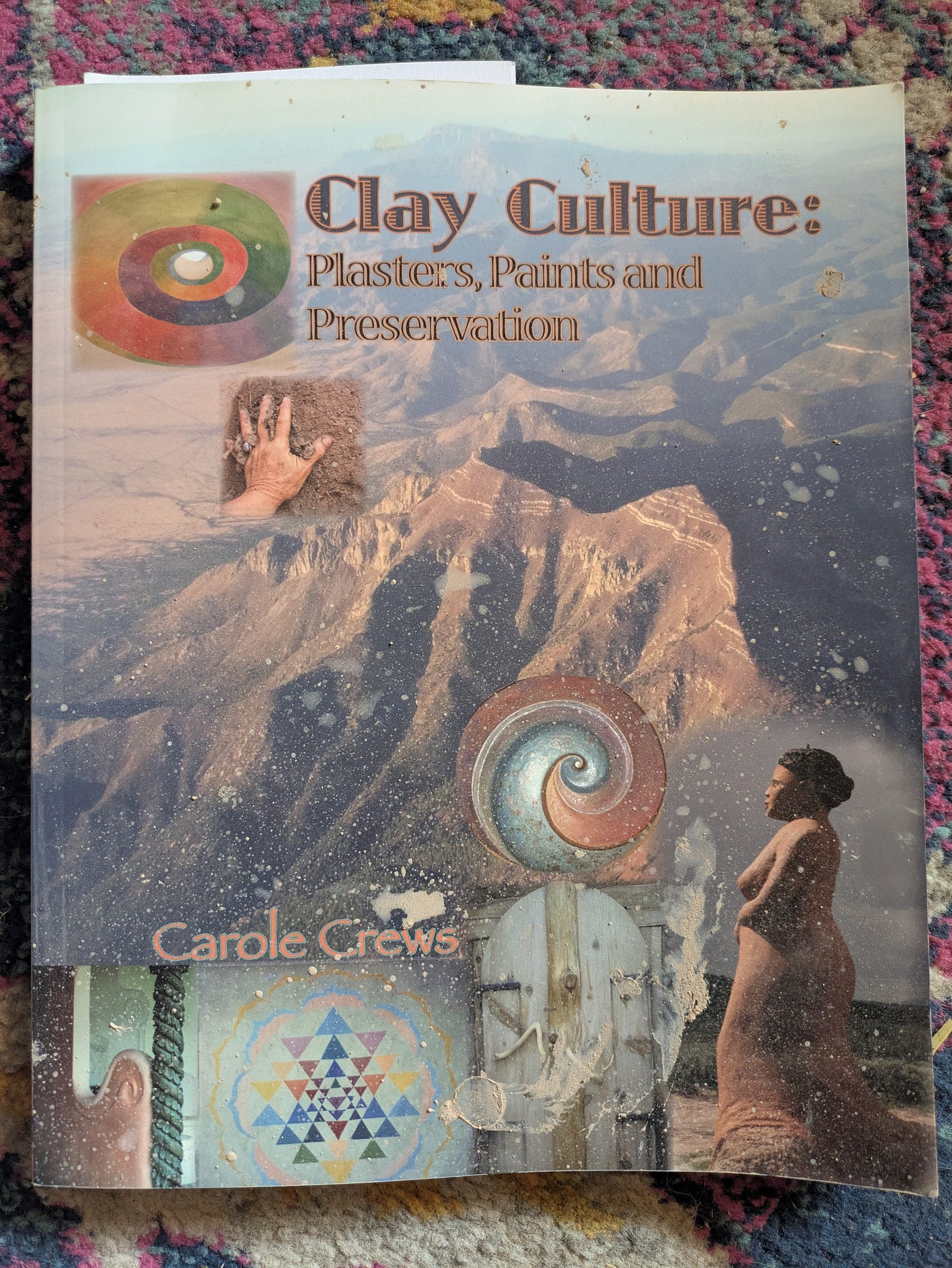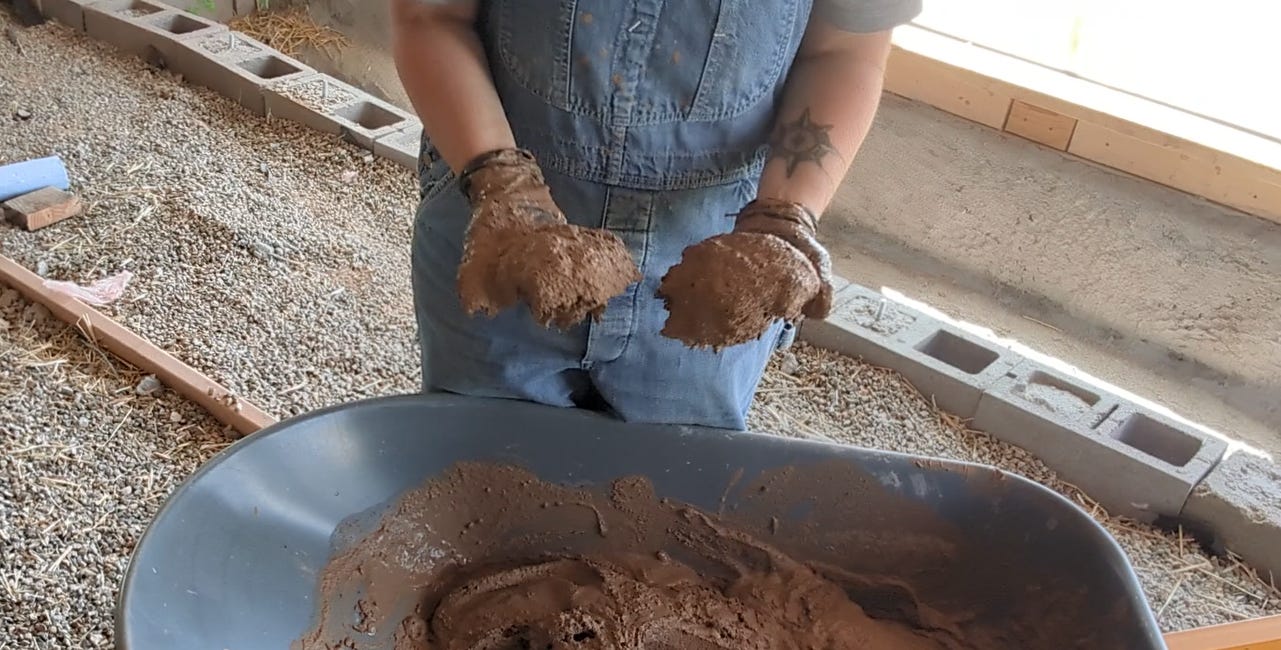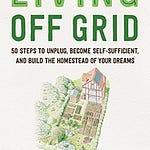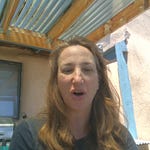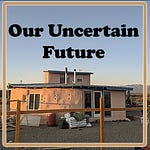In May of 2024, we broke ground on our greenhouse extension with two shovels and two pairs of hands. Little did we know then the extent to which this project would stretch us. Over a year and a half later, we still are not done. I have learned to surrender and enjoy the process. I’m sure in the coming months we will have even more to share about this journey but for now, I want to let you in on one of my favorite parts of the entire process, clay plastering.
The Joys of Playing with Clay
Clay plastering is playful. When my daughter was little, she loved to splash around in rain puddles after a storm. She wore galoshes painted to look like lady bugs and two sizes too big. She could spend an hour simply splashing and delighting with the way she commanded the motion of water with her body. At the end, covered head to toe in mud, she’d some inside for a bath. That’s what clay plastering is like.
I remember when I was a tween at sleepaway camp in the Catskills and after a big rain we would slide on our butts down the hillside, laughing hysterically at our antics, sensing that we were just a little too old for this game. That’s what clay plastering is like.
It’s like shaping castles out of plops of wet sand, tunneling around it to form moats when the water comes up, knowing full well that it will only take one big wave to wash it all away.
Clay plastering is the magic of childhood combined with the tenuousness of existence.
Clay is gentle and sweeps away with wind and rain. Clay walls slowly deteriorate and return to the earth from which they came. This is part of the reason we wanted to use it. Soft, natural walls, like a warm hug. The rest of our house, which we did not build, is strawbale as well, but the walls are covered in hard concrete stucco. We wanted to experiment with earth plaster for this new section.
Cost-Effective Natural Building Materials
Another great reason for using clay plaster is that it is nearly free. All the materials we already had on hand—dirt, water, straw and sand. The sand was needed for the exterior concrete stucco as well, so we had a pile delivered. We will also use it for the greenhouse bed. The straw we obviously had was from the walls. Our dirt was the perfect amount of clay. If you are not sure about yours, here is video on how to test it.
Beginner Mistakes in Clay Plastering
We are fortunate to have as a friend and neighbor Carole Crews the author of the seminal book, Clay Plastering, to help us out. Not only that, but she hosted an alis workshop at our house to help us finish.
This whole plastering project probably took us a couple of months, not including our trip to the Grand Canyon between the last two layers. We invited our daughter’s teenage friends to help and, as with our own experiences, we could see them light up with childhood wonder, which of course they’re not so far away from.
We recommend clay plastering highly. Five out of five stars. It’s a fun and beautiful process without any toxic chemicals. It’s free and it looks great when it’s done. Have a look for yourself at our video. It’s not a fully comprehensive guide, but it will give you a good idea on how to get started. We made a lot of mistakes along the way and learned a lot. Let us know if you try it and how it went.
Further Reading
Why I Live in a Mud Home
The Latin word humus means soil, earth, dirt, ground and it shares its root with the word human, as in earthling of the earth. I thought about this frequently as I spent the last few weekends digging up the dirt in my yard, adding water and straw, and plastering the walls of my house with it.
Mud is Only Temporary, Just Like You.
I had an illuminating moment while playing in the mud over the weekend. It’s going to take a moment to shine that light, bare with me.
Earthship Botanical Cells and Greenhouses
We’re adding an addition to our home. Yup, we’re taking on another home improvement project. After the mudroom, I had my reservations about another project, but weighing the pros and cons, we decided the benefits outweighed the discomfort and costs of a construction project. Firstly, we would have room to add a dining table and invite g…



